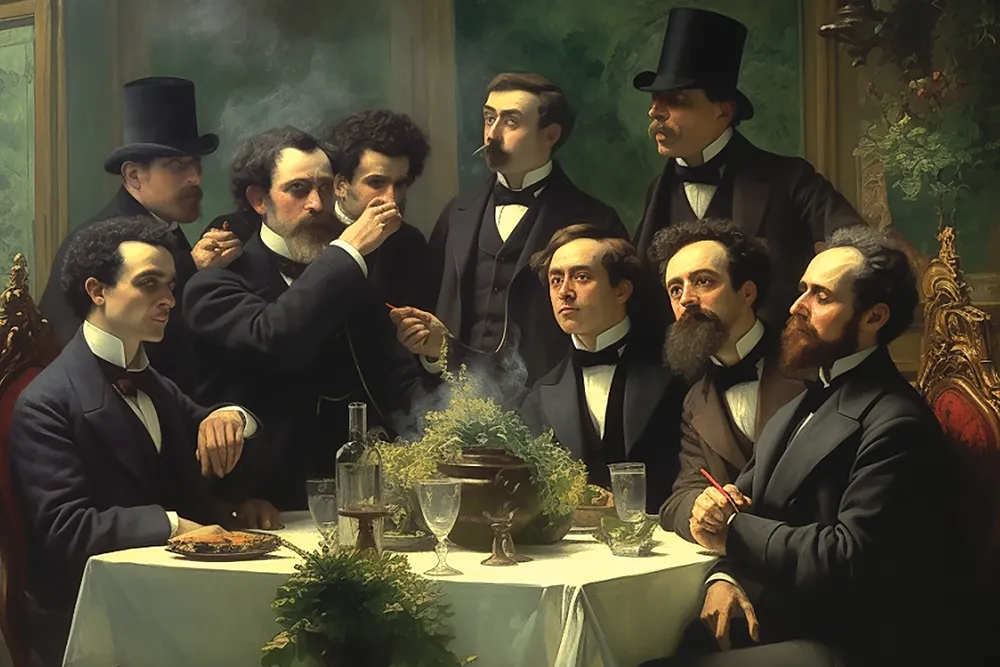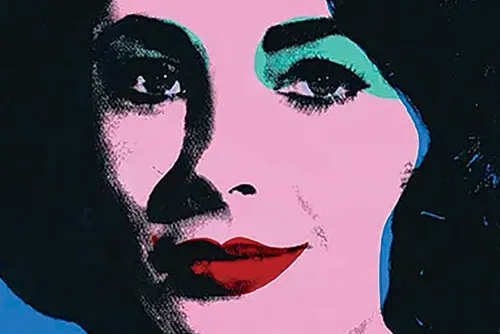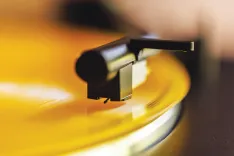Club Connoisseur

Nineteenth-century Belle Époque Paris: There was no more enthralling place for creatives—a lost world of artists, writers, dancers, magicians, philosophers and...a clandestine hash salon called Le Club des Hashischins. It was made up of a group of bohemians and intellectuals who gathered in the abandoned Hôtel de Lauzun, on Île Saint-Louis.
The once-elegant Hôtel de Lauzun, built in 1658, was owned by a succession of French noblemen; its design was used as a template for the Palais de Versailles. After the French Revolution, the hotel fell into squalor. One of its massive rooms was rented out to the hell-raising writer Charles Baudelaire. It later morphed into a hash den for the most celebrated and decadent artists in Paris, including Alexandre Dumas, Honoré de Balzac, and Victor Hugo.
Set on the Seine, in the shadow of Notre Dame Cathedral, and hidden among the fog-choked alleys bursting with brothels, these patrons met privately for so-called “fantasia” sessions. They explored the boundaries of creativity and mysticism under the influence of an ancient green, paste-like substance from Arabia.
Of the fantasia sessions, Baudelaire wrote in Les Paradis Artificiels: “Hashish will heighten a man’s personality while at the same time acutely sharpening his senses.... You are far above the material world...you enter a state of perfect bliss....”
Le Club des Hashischins was the invention of psychiatrist Dr. Jacques-Joseph Moreau. Moreau launched his psychiatric career by escorting patients with mental health issues on therapeutic journeys to exotic places. On one such trip to Egypt, he ingested some bedazzling green goo. He was smitten.
Back in Paris, he set about assembling a gaggle of willing volunteers whom he could “observe” in a hash-induced state. He recruited the crème de la crème of stylish and bohemian intelligentsia he encountered in trendy Parisian salons. Hashish was a rarity—and mystery—in Paris. It only made its way to the City of Light in the mid-19th century, after French troops began bringing it back from Egypt.
In an atmosphere lit with mystery and creativity, these “hash heads” met monthly to ingest the enchanting green paste. They wanted to transcend the conventional limits of perception and dive into unknown depths of the mind. The exotically dressed members would congregate in the cavernous, dimly lit room. Some came in outlandish costumes: masks, capes, and Arabic clothing, creating an uncanny and enigmatic scene.
After eating a dawamesk (a hashish cake made of honey, pistachio, butter, and cannabis resin), strong Turkish coffee was served. As the hash took effect, anything went: members would roll on the floor, laughing, while others would sob uncontrollably, and some sat there with a beatific smile like they were in a happy trance. For five trippy years, the members decadently explored this bewitching green jam.
The club disbanded in 1849—but it lived on in lore. The bad boy French novelist and playwright, Honoré de Balzac, wrote that he “heard heavenly voices and saw divine paintings.” In Jacques-Joseph Moreau’s book, Hashish and Mental Illness, he wrote: “The hashish eater is...happy.”
Gautier summed it up the best: “Hashish is replacing champagne!”



















